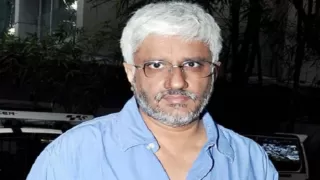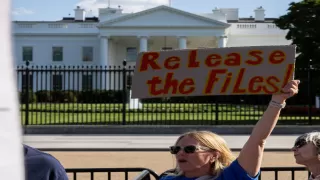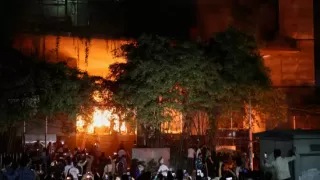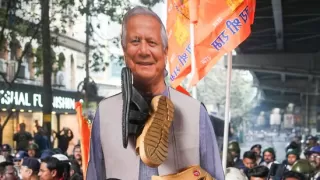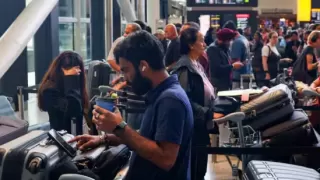Every once in a while, a few cities don’t just function, they feel like they’ve arrived from the future. In 2025, the world’s smartest city clusters aren’t only breaking records in patents and funding; they’re rewriting the script of daily life. AI systems that outrun humans in speed, cashless living that kills the wallet, robot taxis that move without a human finger, for residents, this has become Monday morning normal.
The global race for innovation has never been this intense. With AI maturing, climate technologies scaling, and digital services becoming infrastructure, cities are now laboratories of the future. The question isn’t who has the tallest building anymore, it’s who builds the smartest routine.
Here is what daily life actually feels like inside the smartest innovation clusters of 2025, not from brochures, but from lived experience.
Shenzhen-Hong Kong-Guangzhou
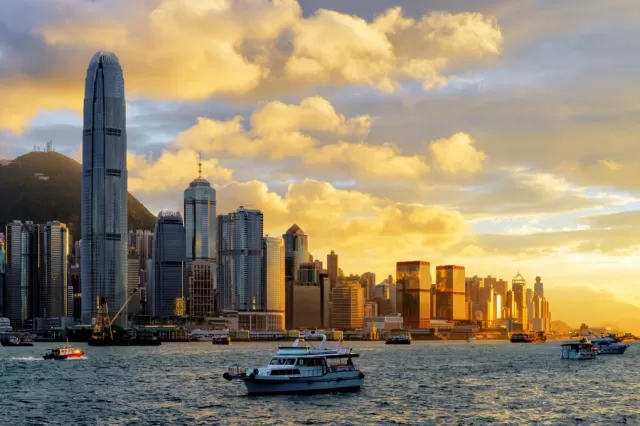
This mega-belt has evolved into a place where new technologies reach citizens before they hit global headlines. Shopkeepers scan QR codes faster than they talk. Drone shows are replacing fireworks. Rapid prototyping in shared labs is treated like doing laundry. Shenzhen, once a small fishing village, has now become a global epicentre for innovation thanks to government incentives and a culture of experimentation.
In Hong Kong, a single stored-value card or mobile app can unlock metros, marketplaces, vending machines, and even municipal services. A resident could pay for groceries, book a ferry ride, and schedule a doctor’s appointment, all from one app. In Shenzhen, hobbyists test robotics in public maker hubs, shoulder-to-shoulder with engineers building unicorn startups. Even small-scale inventors find the environment encouraging, with spaces like the Shenzhen Open Innovation Lab providing access to advanced tools for 3D printing, VR design, and drone programming.
The cultural atmosphere encourages risk-taking and experimentation. Locals often describe it as a collision of old and new. Street markets coexist with AI-driven logistics centres, and tea houses share neighbourhoods with smart factories. Visitors can experience this firsthand by attending a drone show at Talent Park Bay, where over 12,000 drones perform synchronised aerial dances, creating visual spectacles that are only possible in a city willing to blend creativity and technology.
Beyond spectacle, Shenzhen’s everyday life reflects high-tech integration. Residents order groceries online and receive delivery in under 30 minutes. Facial recognition payment systems are common in small shops, while public transport runs efficiently thanks to AI-powered scheduling systems. The region is home to major tech corporations such as Huawei, Tencent, and DJI, but it also thrives on grassroots innovation. Startups and small businesses often collaborate with local universities, making the city a true cradle for invention.
Tokyo-Yokohama
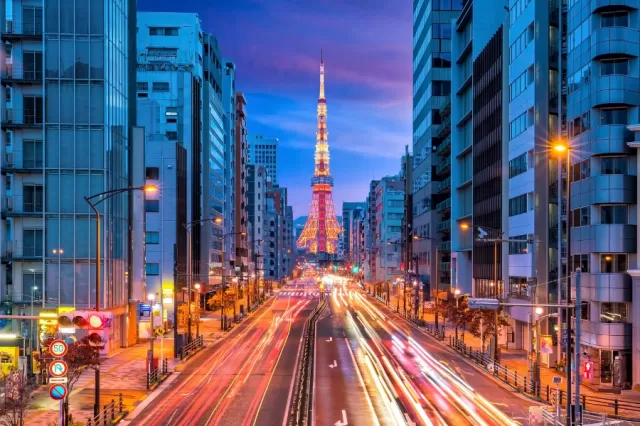
Japan’s innovation doesn’t scream; it whispers. It hides inside vending machines that identify your beverage mood before you push a button, inside convenience stores where AI cameras replace cashiers, and in hotel rooms that adjust temperature to your body rhythm automatically. In Tokyo, innovation is less about dazzling displays and more about smoothing life.
The practical application of technology is what sets Tokyo-Yokohama apart. The Henn Na Hotel, for example, employs robotic staff that check guests in while interactive smart beds adjust automatically for optimal sleep. Automated driverless trains on the Yurikamome Line provide scenic views of Tokyo Bay, while AI sensors in stores allow fully cashless checkout. For residents and visitors alike, these small, seamless innovations accumulate to create a life that feels effortless and futuristic.
Tokyo’s emphasis on human-centred innovation extends beyond convenience. Emergency preparedness is enhanced with AI-enabled systems that can predict natural disasters and optimise evacuation routes. Public spaces integrate real-time data on traffic and environmental conditions, creating an ecosystem where every technological intervention is designed to improve well-being. Visitors can also explore teamLab Planets, an immersive digital art museum where entire rooms respond to movement, light, and sound, merging creativity and technology into one unforgettable experience.
San Francisco-San Jose
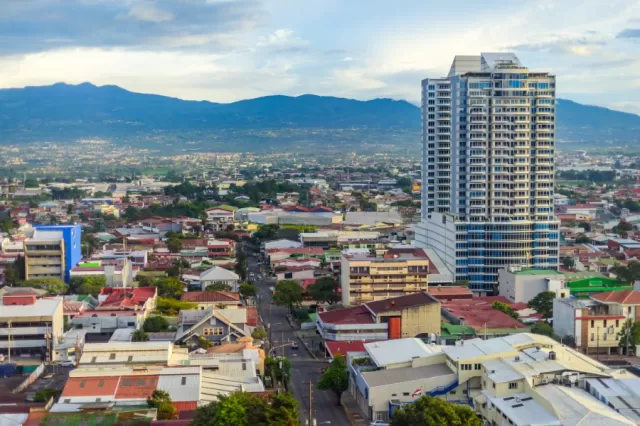
Silicon Valley continues to be the world’s upstream of innovation. Tools, apps, and services that the rest of the globe adopts two years later are beta-tested here on a regular Thursday. Autonomous cabs glide past co-working cafes filled with engineers rewriting the definition of labour itself. The density of talent and investment creates a unique ecosystem where ideas quickly become scalable products.
Networking in this region often happens in casual environments. Elevator conversations, coffee meetups, or co-working space lounges can turn into high-impact connections that lead to investments, partnerships, or mentorships. The area also hosts a rich ecosystem of accelerators and incubators where startups rapidly iterate and receive immediate feedback from peers and investors. This results in a constant churn of innovation, making San Francisco-San Jose a living lab for emerging technologies.
For visitors, Silicon Valley offers the chance to experience technologies before mainstream adoption. Autonomous Waymo cars are available via app for short rides, AI-driven services are embedded in restaurants and shopping centres, and local startups often showcase experimental products in public pop-up stores. The experience is both educational and inspiring, showing how a concentrated hub of talent can accelerate global technological change.
Beijing
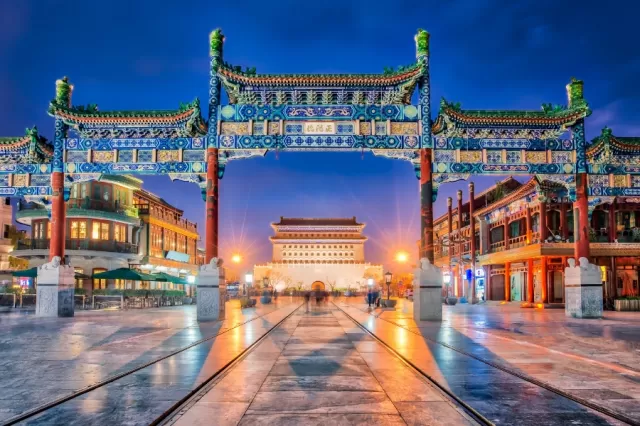
Beijing is proof that a city can be ancient and bleeding-edge at once. Traditional hutongs and ancient temples exist alongside AI hospitals and smart skyscrapers. Daily life is powered by integrated apps such as Alipay and WeChat, allowing residents to handle payments, translations, food orders, and transport seamlessly from one device. Even minor errands, like paying utility bills or booking a doctor’s appointment, have become frictionless.
The city’s high-tech ecosystem extends to transportation. Residents can hail Baidu’s autonomous robotaxis, which navigate busy streets with precision. AI-driven monitoring systems in public spaces help optimise traffic flow and improve safety. While Beijing’s innovation footprint is large, it maintains a balance with culture and community, preserving historical landmarks while integrating modern technology to enhance livability.
For visitors, experiencing Beijing’s smart city technology provides a glimpse of the future. Digital ticketing for museums, AI-powered translation tools, and intelligent public transit make exploring the city remarkably smooth. Cultural experiences such as traditional tea ceremonies or art exhibitions are enriched with technology, like augmented reality tours that add context without disrupting authenticity.
Seoul
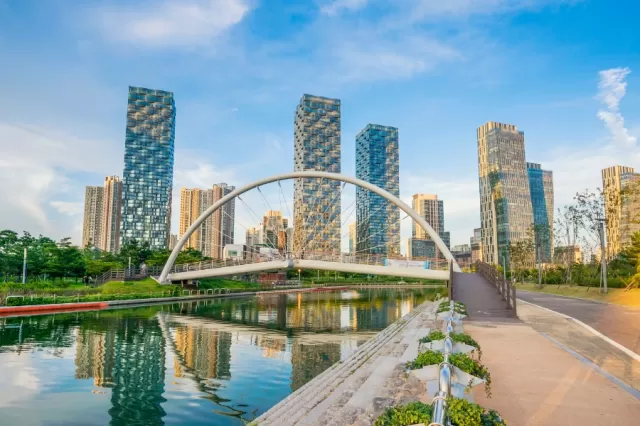
South Korea does not innovate to appear futuristic; it innovates out of necessity. With limited natural resources, the nation relies on technology to maintain efficiency, security, and competitiveness. Seoul reflects this mindset with digital door locks, cashierless convenience stores, and driverless mini-buses along urban streams. Residents often leave home without keys, wallets, or cards because their phones can handle everything.
Seoul’s public spaces demonstrate smart city design at scale. Cheongyecheon Stream is a prime example, with walkable plazas, AI-powered lighting, and integrated public transport. Convenience stores operate 24/7 with automated payment and inventory systems. City planners leverage real-time data to improve environmental monitoring, traffic management, and energy efficiency. Citizens’ willingness to adopt technology quickly fuels a self-reinforcing cycle of innovation.
For travellers, Seoul combines futuristic infrastructure with cultural experiences. Smart kiosks at tourist spots provide instant translation, navigation, and local recommendations. AI-integrated services like Kakao Mobility enable seamless ride-hailing and payment. Even small interactions, like buying a snack or paying for parking, highlight the city’s high-tech integration into everyday life.
What Makes These Cities Smart Isn’t Gadgets, It’s Psychology
The true secret behind these innovation hubs is not the sheer volume of technology but the mindset of their inhabitants. Residents embrace change and adopt new solutions faster than the rest of the world debates them. Automation, AI, and cashless living are normalised rather than resisted. This cultural velocity makes innovation sustainable, impactful, and deeply human.
The integration of technology into everyday life improves productivity, reduces friction, and enhances the quality of experiences for both locals and visitors. These cities demonstrate that a smart city is more than infrastructure; it is a combination of forward-thinking policy, active citizen participation, and a thriving ecosystem of innovators.
The rest of us may visit them like museums of the future. But for those who live there, the future is not a countdown; it is the default setting of daily life.
Whether it’s catching a drone light show in Shenzhen, exploring driverless trains in Tokyo, beta-testing AI products in Silicon Valley, riding autonomous taxis in Beijing, or navigating Seoul’s cashless urban ecosystem, life in 2025’s smartest cities is an invitation to experience the future, today.
Also Read: Top 16 Worst Countries to Live in 2025


















